1. Austria: The Scary Krampus

In Austria, Krampus, a horned creature, accompanies St. Nicholas during the holiday season. Unlike the kindly saint, Krampus punishes naughty children with frightening antics. This tradition includes parades where people dress as Krampus, bringing an eerie twist to the festive season.
2. Japan: KFC for Christmas Dinner
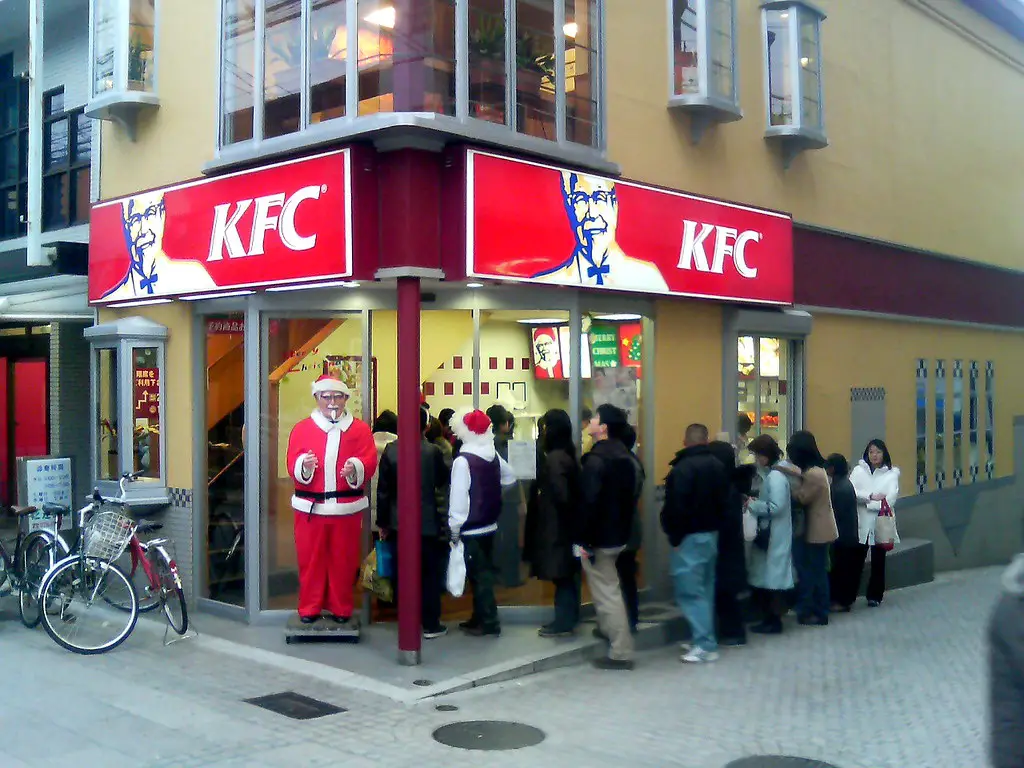
In Japan, celebrating Christmas often involves a bucket of fried chicken from KFC. This unique tradition started with a successful 1974 marketing campaign called “Kentucky for Christmas.” Today, it’s so popular that people place orders weeks in advance.
3. Norway: Hiding Brooms
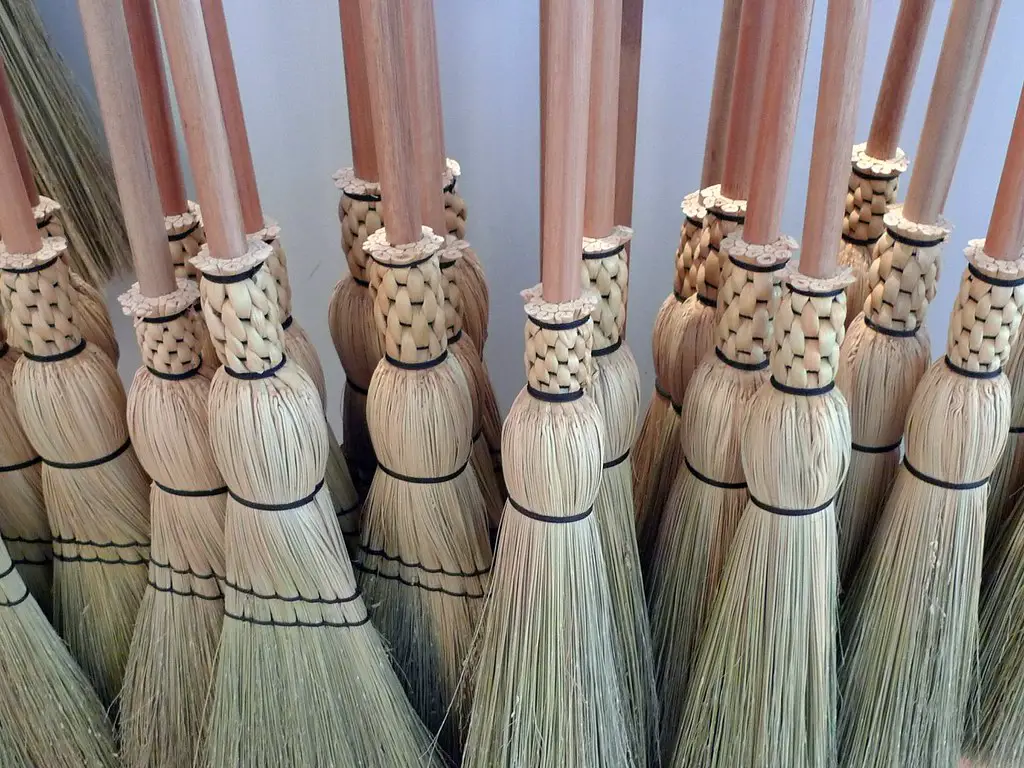
Norwegians believe that evil spirits and witches roam on Christmas Eve. To ward them off, families hide their brooms to prevent witches from stealing them for midnight rides. This centuries-old superstition is still practiced in some households today.
4. Venezuela: Roller Skating to Mass
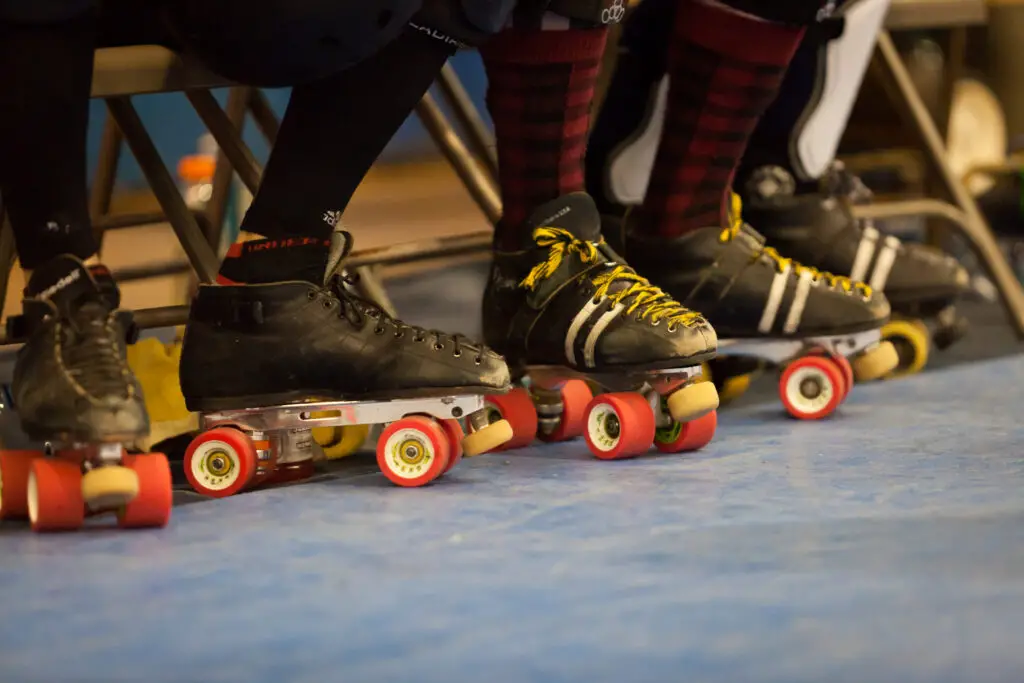
In Caracas, Venezuela, it’s customary for residents to roller skate to early morning Christmas Mass. Streets are often closed to cars to allow skaters to glide safely to church. This festive commute is followed by a hearty breakfast of traditional hallacas.
5. Iceland: The Yule Cat
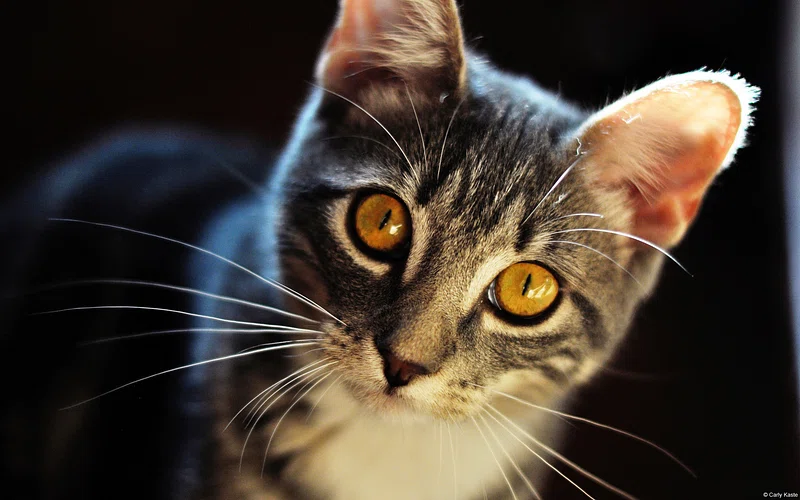
Icelandic folklore warns of the Yule Cat, a giant feline that prowls the countryside during Christmas. It is said to devour anyone who doesn’t receive new clothes for the holidays. This tale encourages generosity and the gift of warm winter clothing.
6. Ukraine: Spider Web Decorations

In Ukraine, Christmas trees are often adorned with decorative spider webs. This tradition stems from a folktale about a poor widow whose tree was magically decorated by spiders. The webs are thought to bring good luck and prosperity.
7. Spain: The Pooping Log (Tió de Nadal)

In Catalonia, Spain, families keep a hollow log known as Tió de Nadal. They “feed” it leading up to Christmas, then beat it with sticks while singing traditional songs to make it “poop” out small gifts and treats.
8. Italy: Befana the Christmas Witch
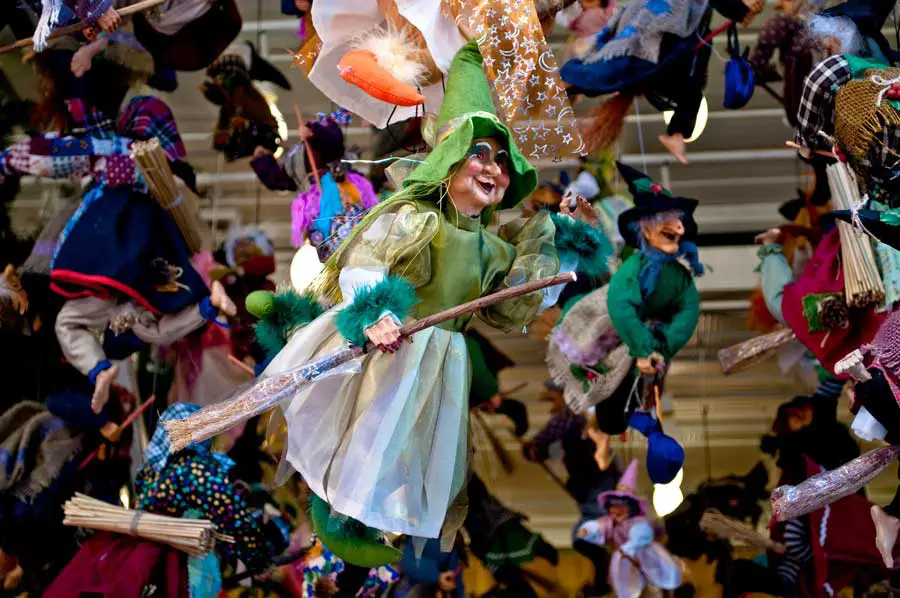
In Italy, La Befana, a kindly witch, delivers gifts to children on January 6, the Epiphany. According to legend, she missed the birth of Jesus and now travels the world searching for him. Children leave wine and food for her as she visits.
9. Germany: Hiding the Pickle Ornament
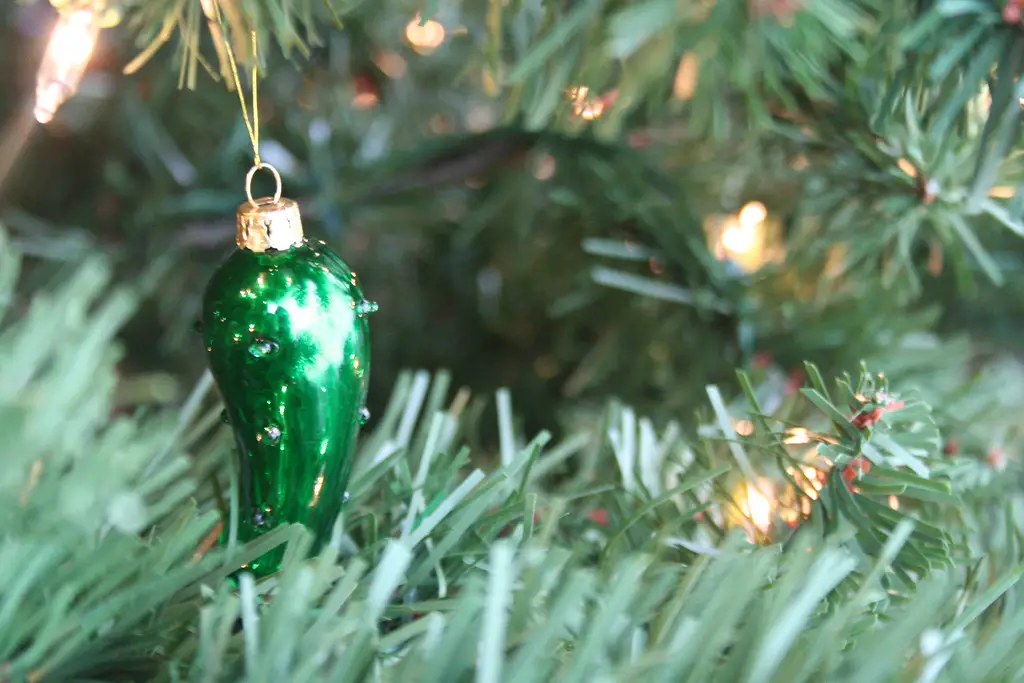
A quirky German tradition involves hiding a pickle-shaped ornament on the Christmas tree. The first person to find the pickle receives an extra gift or good luck for the coming year. This custom adds an element of fun and competition to tree decorating.
10. Czech Republic: Shoe Tossing for Love

Single women in the Czech Republic perform a shoe-tossing ritual on Christmas Day. They throw a shoe over their shoulder while facing a door. If the shoe lands with its toe pointing toward the door, it means marriage is on the horizon.
11. Philippines: The Giant Lantern Festival

In San Fernando, Philippines, the Giant Lantern Festival features enormous, colorful lanterns, some over 20 feet tall. This tradition has earned the city the title of “Christmas Capital of the Philippines.” The competition draws crowds from all over the country.
12. Finland: Visiting the Graves of Loved Ones

In Finland, families visit the graves of departed loved ones on Christmas Eve. They light candles to honor their memory, creating serene, glowing cemeteries. This tradition emphasizes the reflective and familial aspects of the holiday.
13. Portugal: Setting the Table for the Dead
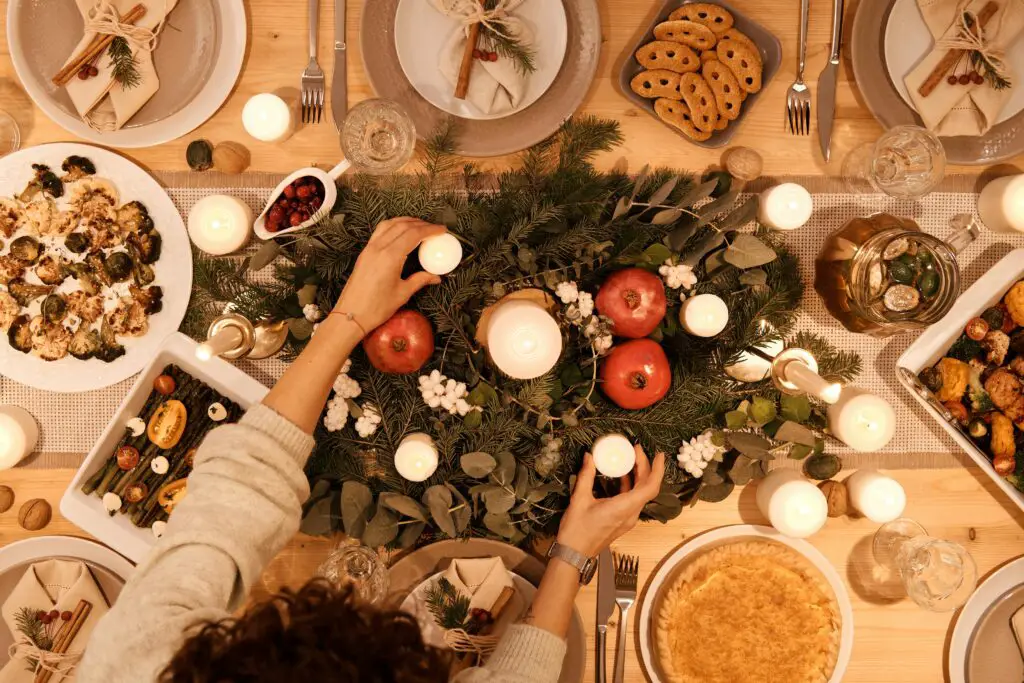
Portuguese families in some regions set extra places at the table on Christmas Eve for deceased relatives. This practice, known as “Consoda,” is believed to ensure good fortune for the living. It’s a poignant way to remember loved ones during the holidays.
14. Greenland: Unusual Holiday Foods

In Greenland, Christmas feasts may include delicacies like mattak (whale skin with blubber) or kiviak (a dish made of fermented seabirds). These traditional foods reflect the resourcefulness of the Arctic people and their unique way of celebrating the season.
